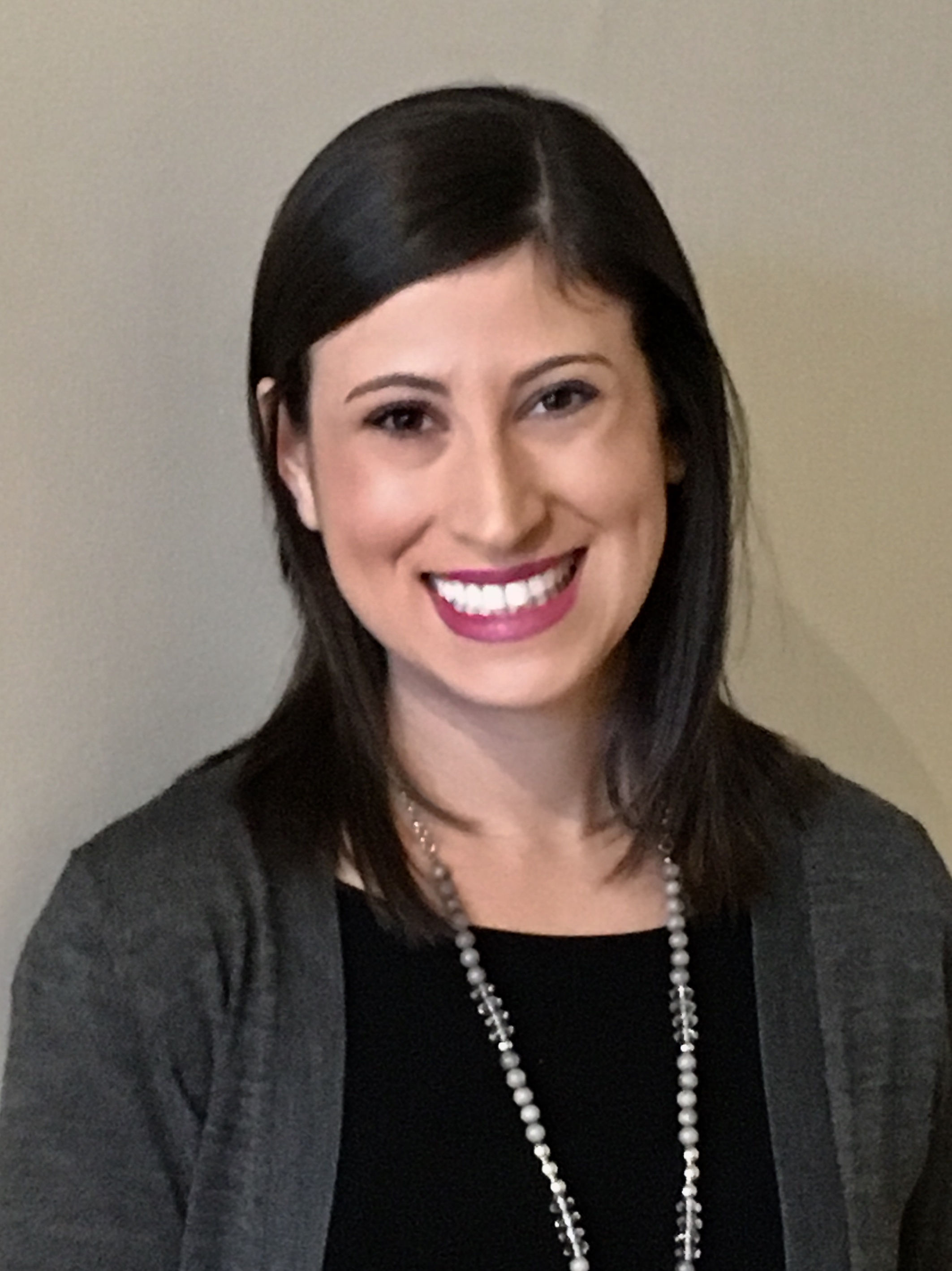FluencyBank English Voices-AWS2 Corpus
2

|
Nan Bernstein Ratner
Speech and Hearing Sciences
University of Maryland
nratner@umd.edu
website
|

|
Courtney Luckman Margulis
Speech and Hearing Sciences
New York University
cluckman@umd.edu
|

|
Mark Baer
Speech and Hearing Sciences
University of Maryland
mbaer@umd.edu
website
|
| Participants: | 38 |
| Type of Study: | naturalistic |
| Location: | USA |
| Media type: | video |
| DOI: | doi:10.21415/NQYH-E436 |
Browsable transcripts
Downloadable transcripts and OASES sheets
Link to media folder
Citation information
Bernstein-Ratner, N., & MacWhinney, B. (2018). Fluency Bank: A new resource for fluency research and practice. Journal of Fluency Disorders, 56, 69-80. https://doi.org/10.1016/j.jfludis.2018.03.002 PMC 5986295
In accordance with TalkBank rules, any use of data from this corpus must
be accompanied by at least one of the above references.
Project Description
The video clips that you can view and download from the three links given above
have been contributed by members of the National Stuttering Association (https://westutter.org)
to assist students in learning more about the behaviors and affective/cognitive features of
living with stuttering as an adult.
Most adults have two speech samples and a completed (but not scored)
OASES form. We thank the publishers of the Stuttering Severity
Instrument-4 (SSI-4; www.ProedInc.com) for permission to use the Friuli
passage. OASES forms are made available thanks to a donation from
Stuttering Therapy Resources, Inc. (www.StutteringTherapyResources.com). Forms should not be used except
in conjunction with teaching activities and the FluencyBank Voices
project. New forms and scoring instructions are available at
StutteringTherapyResources.com.
OASES is described in this article: Yaruss, J. S., & Quesal, R. W. (2006). Overall Assessment of the Speaker's Experience of Stuttering
(OASES): Documenting multiple outcomes in stuttering treatment. Journal of Fluency Disorders, 31(2), 90-115.
doi:10.1016/j.jfludis.2006.02.002
Instructions
For each self-identified stuttering participant, you will see a video,
an UNANNOTATED transcript, and a specially marked copy of the OASES
survey that the participant filled out on the day of taping. Contributors were
asked to answer the following questions:
- Please talk about the impact of stuttering on your daily life: You
can talk about your interactions with family and friends, school and/or
work, and your participation in community activities.
- What do you think causes stuttering?
- If you have received treatment for your stuttering, tell me about
your therapy experiences and the outcomes of these therapies.
- Please describe what successful communication means to you; can you
give an example of a positive communicative experience?
- If you didn't stutter, what might be different in your life?
- What else would you want to say to students (or the general public)
to help them learn about stuttering or ways to support people who
stutter?
Some participants did not answer all questions, or combined responses
to questions in a single set of comments. Starting in June, 2017 new
contributions from adults who stutter also contain a reading of the
Friuli reading passage from the SSI4, provided with the consent of the
publishers of the Stuttering Severity Instrument -4 .
Suggested activities for these transcripts include:
- Practice with fluency assessment. It is well-known that
transcribers disagree substantially when coding the same passage of
stuttered speech, in terms of presence/absence of disfluency, location
as well as type of fluency behaviors. Instructors may want to assign the
same participant to be coded by multiple students (or an entire class of
students). Discuss how listeners may agree or disagree on the behavioral
features of stuttering, as well as behaviors that appear to be
stutter-like or more typical disfluency.
- Practice with scoring of the Stuttering Severity Instrument. (Note:
forms are not provided; you may purchase a full set of materials at
proedinc.com Pro-Ed. You may choose to contrast
patterns of stuttering that are seen
when volunteers read, in contrast to their conversational speech.
- Practice with OASES scoring. For a given participant, consult OASES
scoring guidelines which must be purchased from
here . How would you
characterize the impact of stuttering on this participant? Can you
identify impacts that should influence therapy goals? How might you
address these impacts?
- Practice with contrasting behavioral and affective/cognitive
aspects of stuttering in adults. Assess the degree to which individuals'
behavioral profiles match the impacts of stuttering on their lives. Are
the impacts of stuttering clearly linked to the frequency or severity of
stuttered events in a person's speech? Discuss.
- Listen to the answers that participants gave to the 6 questions.
Are there similar threads? Are there clear differences in people's
opinions? How might responses to these questions shape further mutual
goal setting for therapy?
- Compare profiles of volunteers in the Voices of People who Stutter
project and volunteers below, who self-identify as People who Clutter.
These are just some ideas to get instructors and students started. We
welcome ideas for other activities. Please contact us at nratner@umd.edu
with suggestions and comments.
ARE YOU INTERESTED IN DONATING SAMPLES TO THESE PROJECTS? See this
page for more information.
Note: The Voices of Adults/Children who Stutter and Voices of People
who Clutter projects are approved by the Institutional Review Board of
the University of Maryland (Nan Bernstein Ratner, PI).


